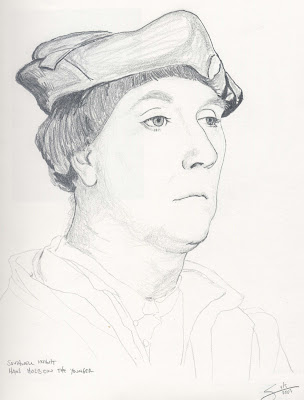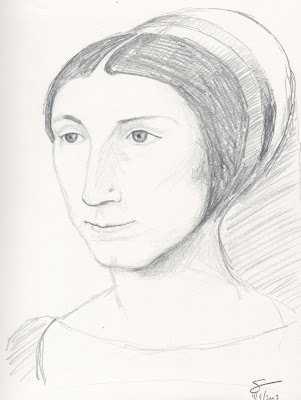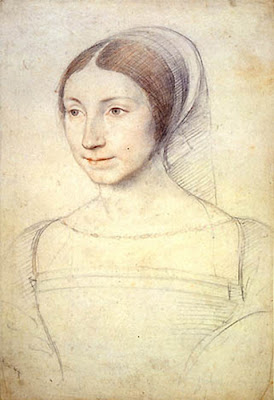One thing I've noticed about
Preston Blair's book is that it's big on illustrative examples, but is weak when it comes to details about why something is done.
John K and
Stephen Worth usually provide a bit more details, but I still like to look around to get other perspectives. I don't mean any disrespect, but I think they sometimes forget that some members of their audience are not professional animators.
I'd never worked with Line of Action before, and all I got from
John K's lesson was that it helps your poses "read" by making them clear and understandable, and gives them a distinct non-ambiguous direction. They can be obvious and exaggerated, and details follow the line of action and don't go in opposite directions.
Well, that's fine, but again, this was my first introduction to line of action. Nothing I found online could tell me exactly
how to draw one. I gather from the examples that it usually follows the character's body, and you can infer from some of the details in the examples where it's supposed to go, but should it follow the head? The hands? Can a pose have more than one line of action? I'm thinking specifically of the second Clampett drawing and the drawing of Wart. Does the line of action on the cat with the lightbulb above his head go through his head or his hand?
Hoping to find some insight, I found some good information on the always-great
Temple of the Seven Camels and
Animation Apprentice.
From Temple of the Seven Camels, "
More on Line of Action":
"A good Line of Action... helps organize what you're trying to say into one thought. Any drawing should only try to say one thing."
"Always keep the line-of-action simple. I think a gesture, in order to have any kind of punch to it, needs to be based on either a straight line, a curve, or an "S" curve. Those three types of lines have direction and force to them. Anything else, like a zigzag or a more complicated series of curves, loses its ability to convey an action or direction."
"If you push a line of action too far, or in the wrong way, you can sacrifice the structure of what's underneath and you're left with something that feels like it's made out of jelly with no skeleton - that's not good."

From Animation Apprentice, "
Learning Line of Action":
"You have a very strong forward slanting LoA (line of action), and you know the character is really determined and single minded. You have a strongly backward slanting LoA, or better yet a curve, and you know the character is probably desperately trying to get away from whatever is in front of it. And the S-Curve line of action is even more fun - it can show
two different intents, pulling the character in different directions."
Temple of the Seven Golden Camels also
has a really great example from the book "The Complete Guide to Drawing, Illustration, Cartooning and Painting" by Willard Mullins. The baseball player page provides several examples where the line of action is really easy to see, even for a rookie like me.

In Temple of the Seven Golden Camels' "
Simplicity, Appeal, Line of Action, a lot of blabbity blah and Jordi Bernet", Mark gives some examples from the artist Jordi Bernet. "Directional drawing is easier when you draw SIMPLY. One of the keys to really directional drawing is to make EVERY line on the figure 'point' the way you want it to. Nothing on the figure fights the directional line." I really appreciated seeing how the lines in the character's details, from facial lines to clothing lines to the direction of the character's gaze, can be used to enhance and support the line of action.
I didn't intend for this to be a rant, and again, I mean no disrespect to Preston Blair, John K or Stephen Worth. Blair shows us what line of action means in the form of illustrations, John K explains
why it should be done, but I was still left wondering
how it can be done when you're not just copying from Blair's book. I think I understand it better now, but if anyone out there has any insights, I would really appreciate it if you'd leave them in the comments.
I'll post my drawings in another post and will shut up now.
ASIFA-Hollywood Animation Archive: Meta: The $100,000 Animation Drawing Course- Lesson 5





















